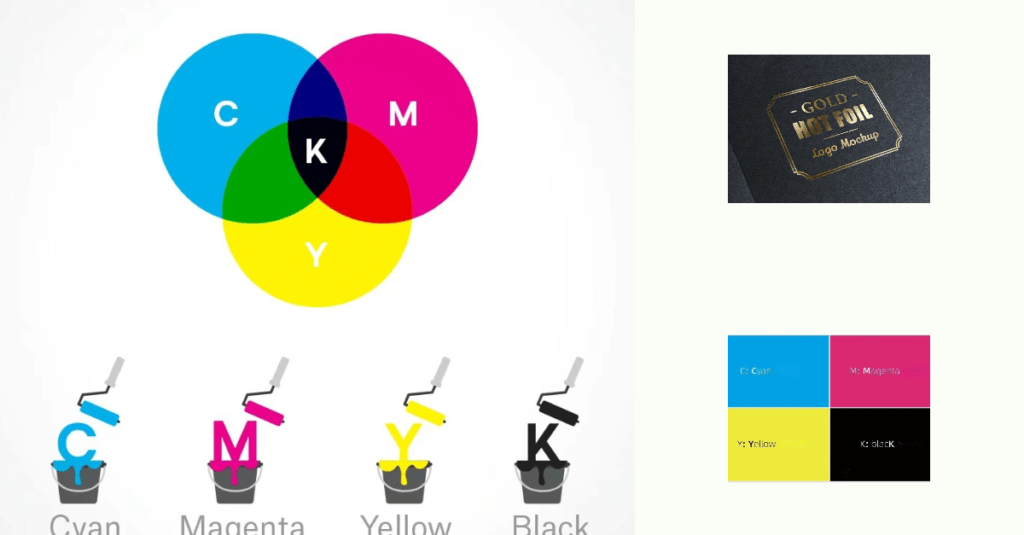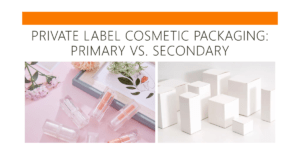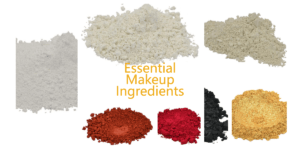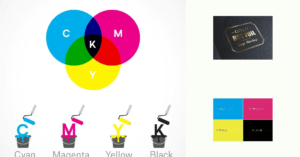Guide to 17 most common private label cosmetic paper box printing processes
Hey there, beauty lovers! Let’s talk about something you probably don’t think about when you’re swiping on lipstick or dotting on your favorite blush – the packaging! I know, I know, it’s easy to get caught up in the glitz and glam of the actual product, but have you ever wondered how those gorgeous boxes and bottles get all their shiny, sleek, or matte-finish details? Today, we’re diving into 17 of the most common printing processes used in private label cosmetics packaging – a.k.a. the stuff that makes your beauty shelf look as good as you do. Let’s get into it!
Table of Contents
Cosmetic Paper Box Printing Processes Method 1: Embossing/Debossing
Ever seen a logo that looks like it’s popping right out at you or sinking back a bit into the packaging? That’s embossing and debossing. Embossing is when we use a convex mold to make parts of the packaging stand out like a mini sculpture. It’s all about making the logo feel extra, and it’s honestly the kind of detail that makes you want to touch it – like, who doesn’t love that bit of glam?
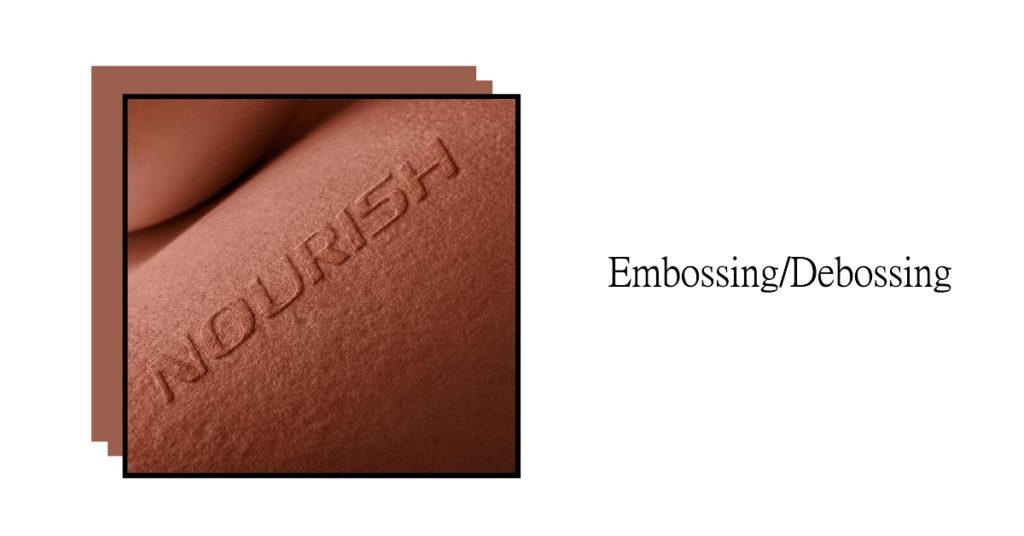
Cosmetic Paper Box Printing Processes Method 2: Embossing (Again, but Different)
Okay, I know what you’re thinking – we just covered embossing! But there’s another type. This one’s about using a mold to form textured patterns on the entire packaging surface. Think floral textures on a perfume box. The patterns give it a luxurious, almost artisanal vibe. It’s all about that feel-good moment when you pick it up.
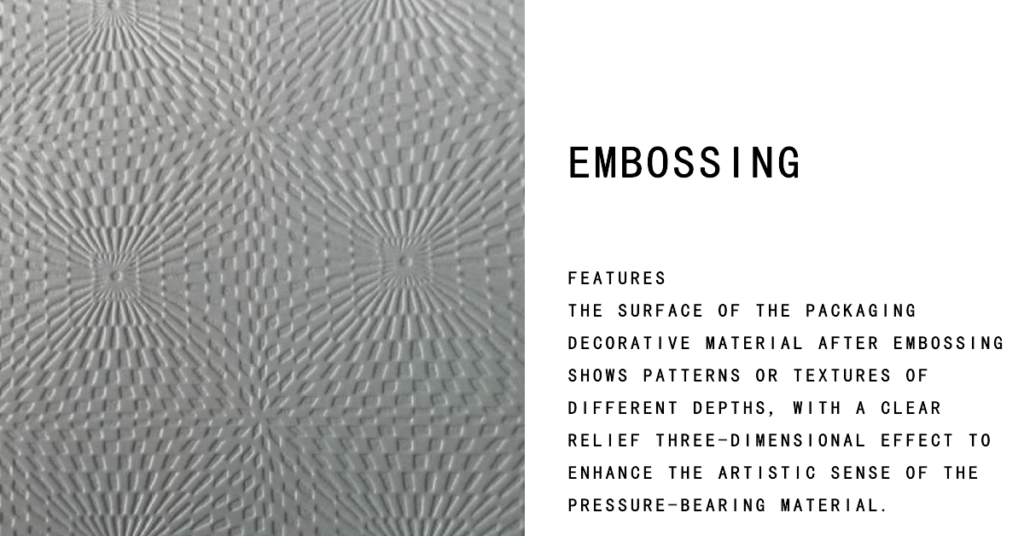
Cosmetic Paper Box Printing Processes Method 3: Partial UV
This one’s all about light play. Imagine a box with a matte finish, but suddenly – BAM! – there’s a shiny section that catches the light just right. That’s partial UV. We use ultraviolet light to give parts of the design a glossy, glassy finish, which creates an awesome contrast that’s perfect for highlighting logos or graphics. It’s like saying, “Look here!”
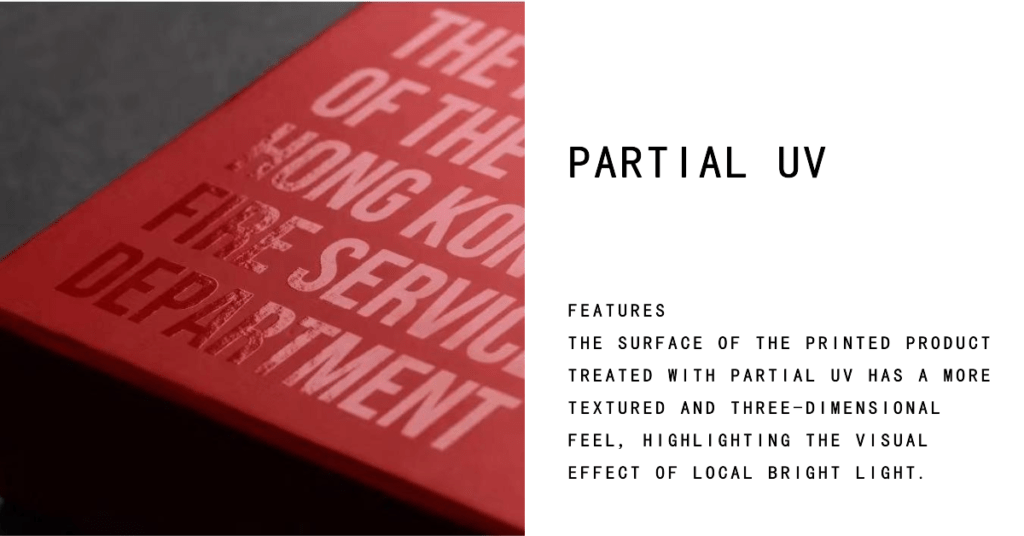
Cosmetic Paper Box Printing Processes Method 4: Reverse UV
Partial UV’s more mysterious cousin. With reverse UV, we create contrasting glossy and matte effects on the same surface. It’s perfect for when you want to give your packaging a sophisticated feel, mixing frosty sections with mirror-like high gloss. It’s like a little fashion statement for your favorite beauty product.
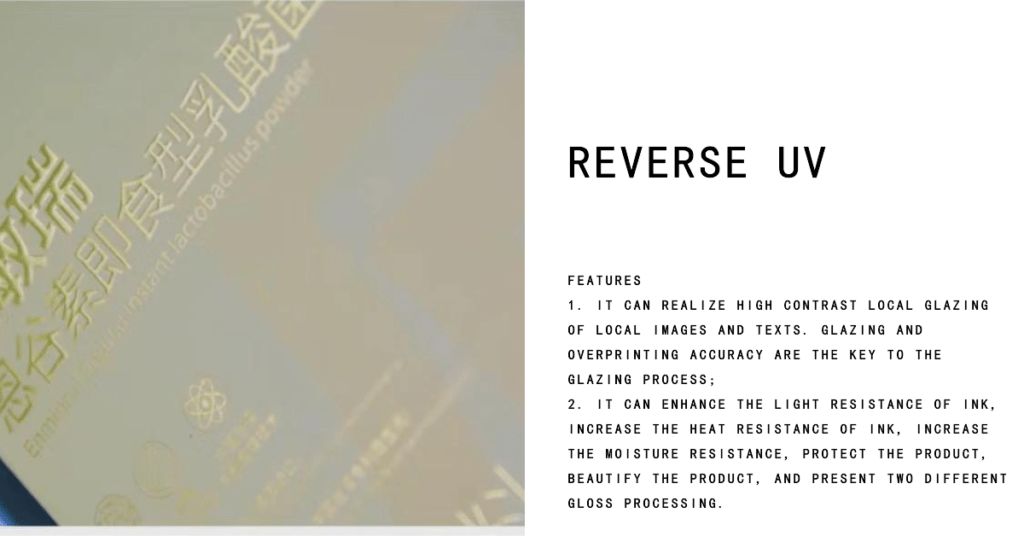
Cosmetic Paper Box Printing Processes Method 5: Reverse Frosting
If you want to make packaging stand out, reverse frosting is a new favorite. This one’s about giving the surface a mix of high-shine gloss and matte frost – it feels super smooth in some spots and rough in others. It’s been a hot trend for the last year or two, and we’re here for it!
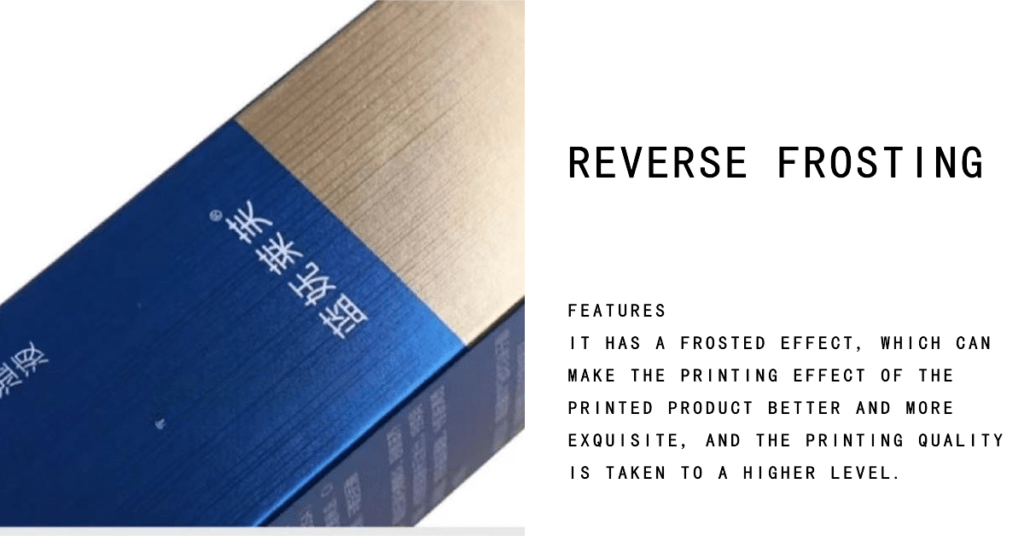
Cosmetic Paper Box Printing Processes Method 6: Lamination
We’ve got two types here – glossy or matte lamination. Want something that screams, “I’m shiny and fab”? Glossy lamination’s got you. For those that prefer a more muted, “I’m chill and sophisticated” look, there’s matte lamination. It’s kind of like choosing between a dewy or matte foundation – each has its moment!
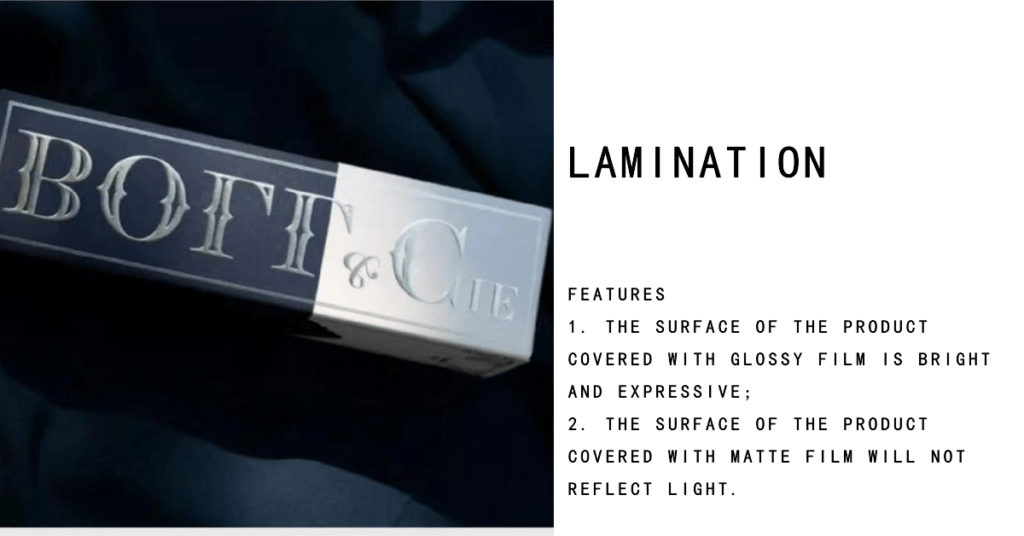
Cosmetic Paper Box Printing Processes Method 7: Oiling
Nope, not oil for your face, but for the packaging! Oiling gives it a layer of protection and makes it waterproof, scratch-resistant, and glossy. Matte oil, on the other hand, can add a silky texture without the shine. Think of it as a topcoat for your favorite nail polish – protective, but also aesthetic.

Cosmetic Paper Box Printing Processes Method 8: Brushing
This one’s for all the edges and sides of the packaging – yes, even the sides get some love! It adds detail and texture to edges, sometimes in metallic finishes. It’s those small details that make a package look really polished.
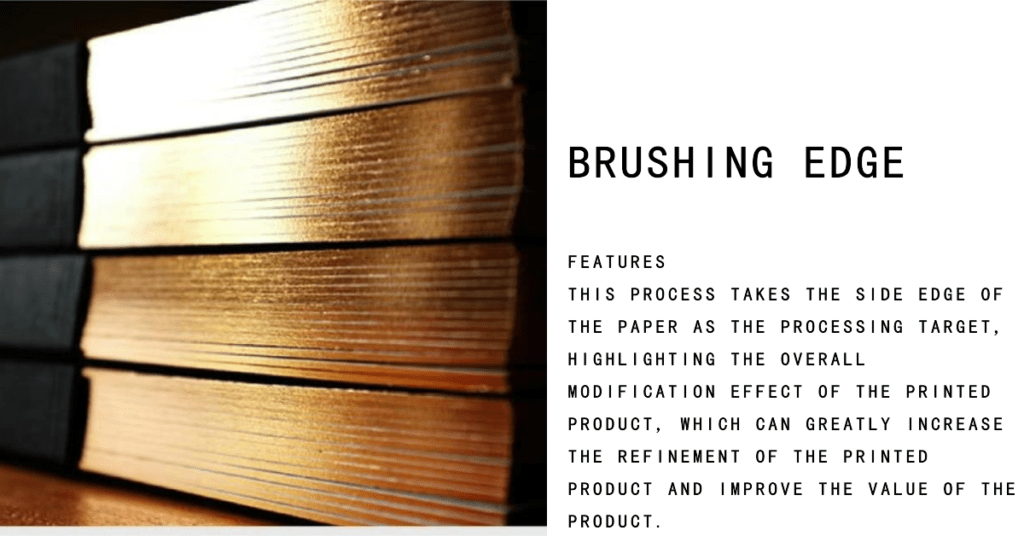
Cosmetic Paper Box Printing Processes Method 9: Pressing Dot Line
Pressing dot line is all about creating visual texture on your packaging with little pressed dots or lines. It’s functional and decorative, making the package easier to handle and giving it a nice tactile feel.
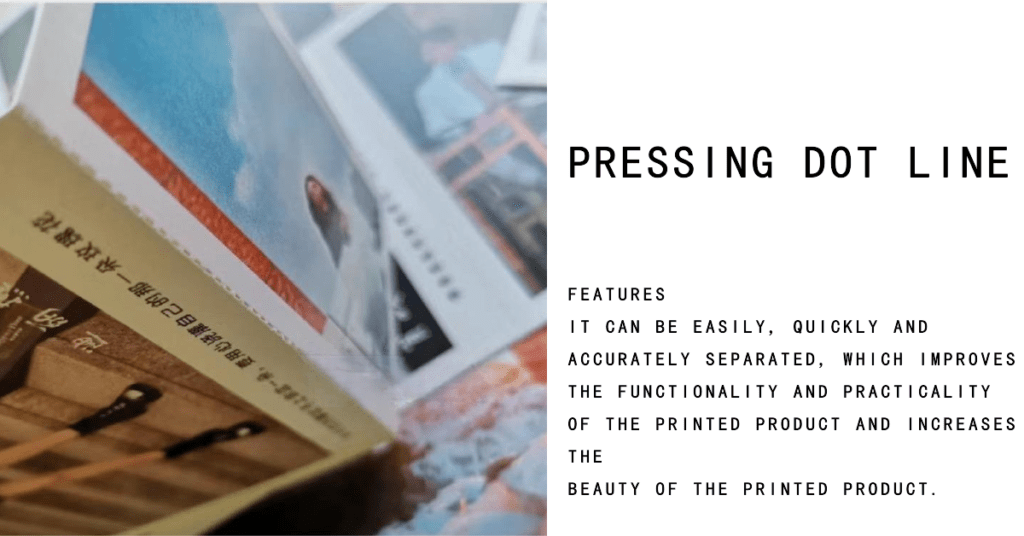
Cosmetic Paper Box Printing Processes Method 10: Hot Stamping/Hot Silver
If you’ve seen gold or silver foil accents on your favorite product’s box, that’s hot stamping! It’s like adding jewelry to your packaging – shiny, metallic, and oh-so-extra. We’ve got both hot gold and silver to make sure your package looks like it belongs in the front row.

Cosmetic Paper Box Printing Processes Method 11: Laser Embossing
A newer kid on the block, laser embossing gives packaging a really cool holographic or laser-etched look. It’s kind of like a disco ball meets futuristic vibes – eye-catching and definitely elevates the luxury feel.
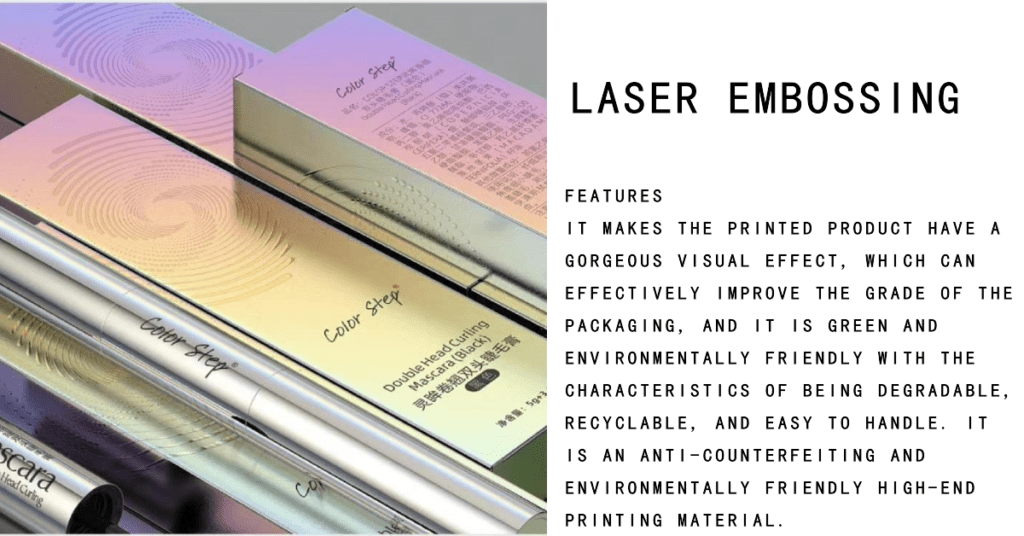
Cosmetic Paper Box Printing Processes Method 12: Die Cutting
Want packaging with interesting shapes or cutouts? That’s die cutting. Think unique openings or shapes that make it way more exciting than a regular ol’ box. It’s all about breaking the mold – literally.
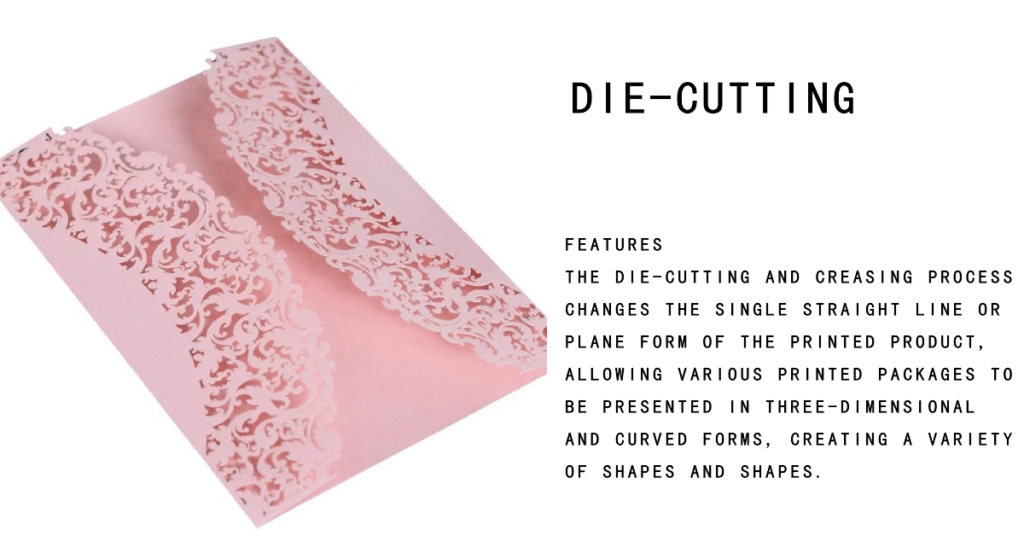
Cosmetic Paper Box Printing Processes Method 13: Foaming
This one’s all about adding depth. We use foaming ink to create raised images or text, so it’s almost like a 3D effect on your packaging. It adds an artsy, creative vibe.
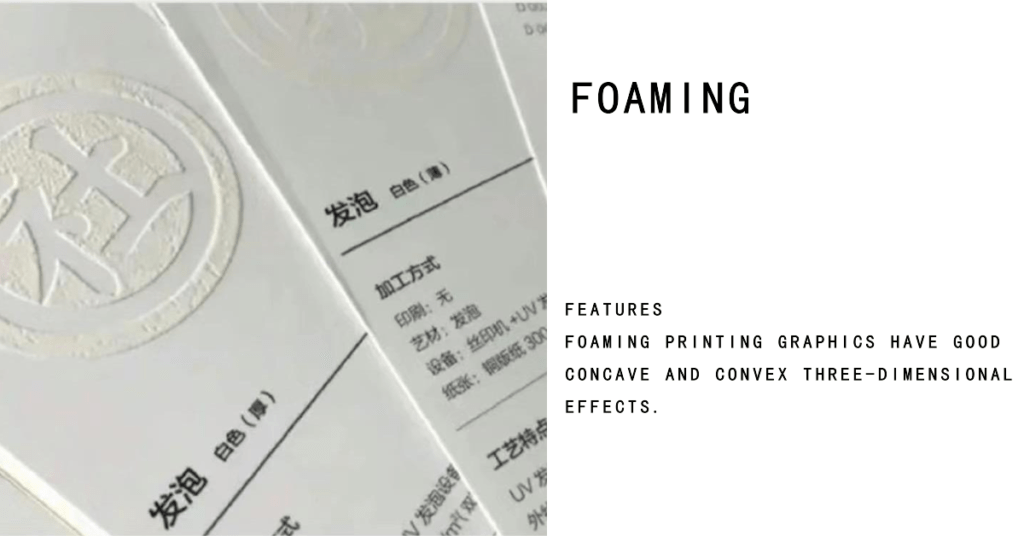
Cosmetic Paper Box Printing Processes Method 14: Flocking
Velvet-feel packaging, anyone? Flocking involves applying short fibers to give the paper a soft, luxurious texture. It’s rich, lush, and perfect for giving off those luxury vibes.
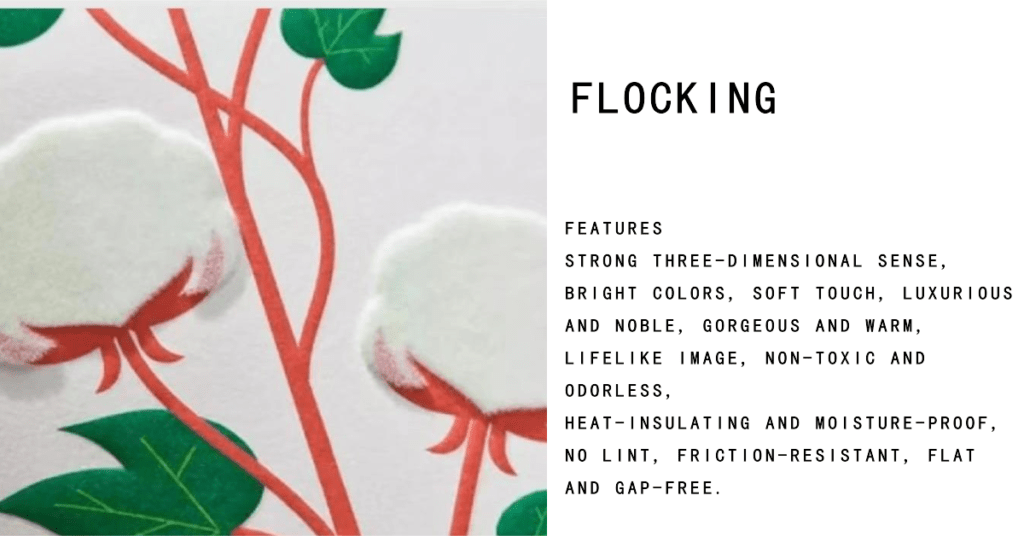
Cosmetic Paper Box Printing Processes Method 15: Screen Printing
Screen printing is all about vibrant colors and textures. It’s great for adding unique artistic elements or that perfect pop of color on your cosmetic color boxes. It’s kind of like the bold eyeliner to your everyday look.
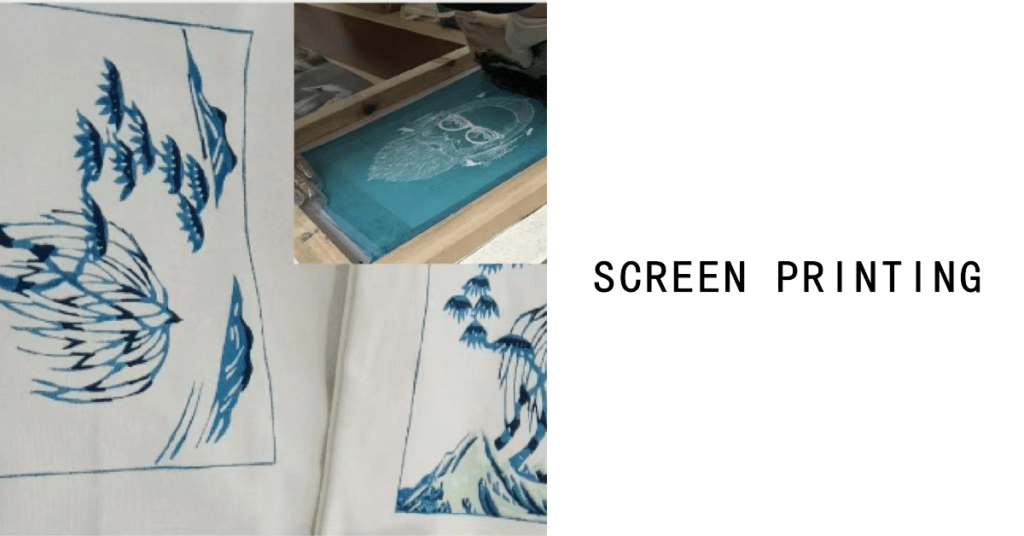
Cosmetic Paper Box Printing Processes Method 16: Four-Color Printing
Four-color printing is the go-to for packaging with colorful graphics. We use cyan, magenta, yellow, and black (CMYK) to create beautiful, blended designs. Imagine it as layering four different eyeshadows to create the perfect smoky eye – it’s all about the blend.
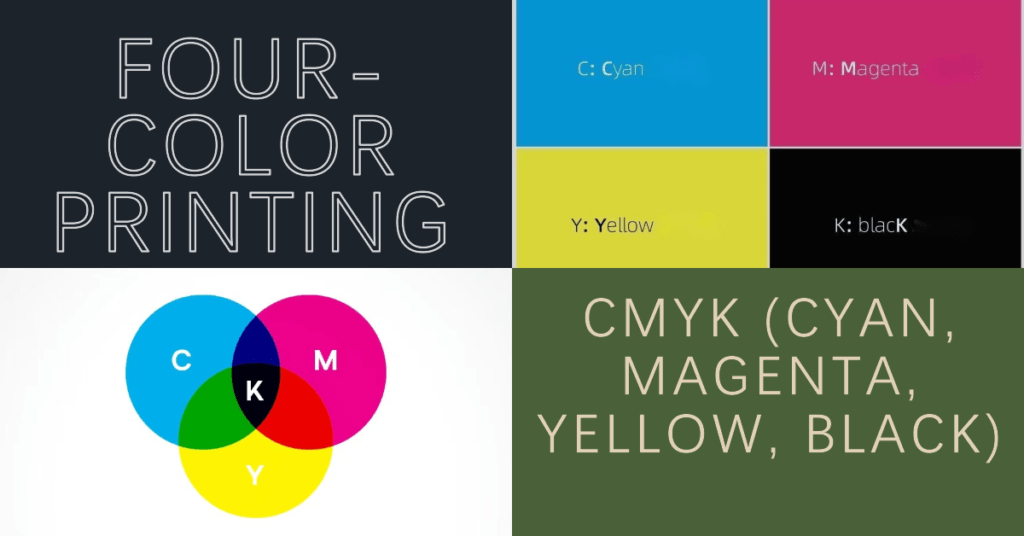
Cosmetic Paper Box Printing Processes Method 17: Spot Color Printing
Unlike four-color, spot color is all about that bold, one-shade statement. It’s the equivalent of rocking a bold red lip – strong, vibrant, and eye-catching. It’s perfect when a brand wants its signature color to be spot-on every time. Learn more about Pantone Colour Chart
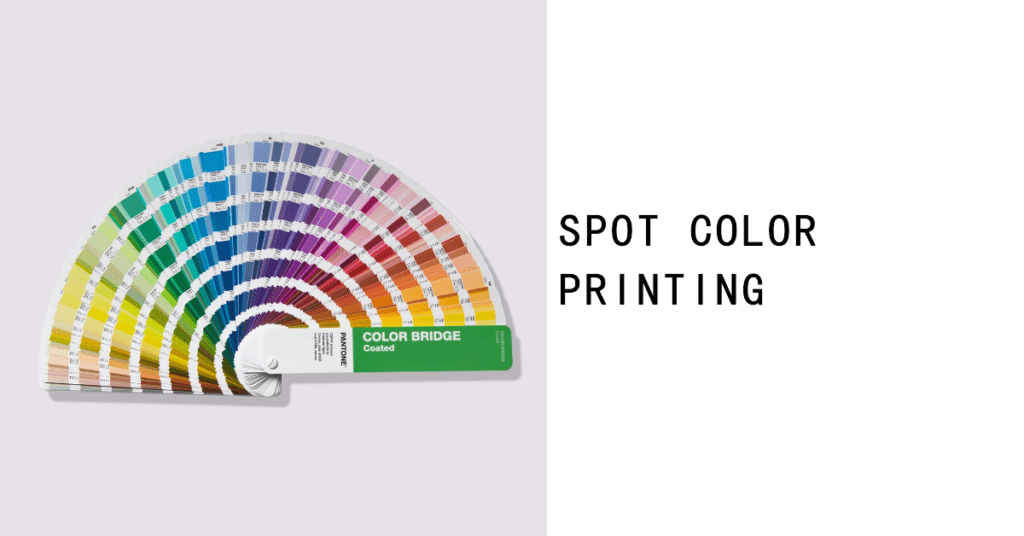
So, there you have it – 17 of the most common printing processes for cosmetics packaging! Each technique has its own way of making a product shine (or matte – depending on the vibe), and it’s all about creating that unforgettable first impression. Whether you’re going for luxe, artsy, or fun, the packaging is key to telling your brand’s story. I mean, we all know beauty is about more than just skin-deep – it’s about what catches your eye and makes you feel something. So next time you pick up a gorgeous lipstick box or a pretty perfume carton, you’ll know a little more about the magic behind it.
Have any questions or curious about how these techniques can take your packaging to the next level? Reach out To MetaCNBeauty Private Label Cosmetics Manufacturer! Let’s make your beauty brand shine – inside and out!
FAQ
1. What is the difference between embossing and debossing?
Embossing creates a raised image on the material by pressing it with a convex (positive) die, adding a tactile and visual three-dimensional effect.
Debossing creates a recessed image by pressing the material with a concave (negative) die, providing depth and a unique visual appeal.
2. When should I use spot UV coating versus reverse UV coating?
Spot UV Coating is ideal for highlighting specific areas with high gloss and enhancing visual impact on certain elements like logos or images.
Reverse UV Coating is suitable when you want to combine high-gloss and matte finishes on the same piece, creating a strong contrast and a more complex visual effect.
3. How does lamination differ from varnishing?
Lamination involves applying a transparent plastic film over the entire surface of the printed material, offering protection and either a glossy or matte finish.
Varnishing applies a liquid coating (varnish) that can be glossy or matte, enhancing appearance and providing some protection but generally less durable than lamination.
4. What are the advantages of hot stamping (foil stamping)?
Adds metallic luster and upscale appearance to printed materials.
Provides clear, beautiful patterns with bright colors.
Offers wear resistance and weather resistance.
Enhances visual appeal with strong contrast, making designs stand out
5. What is the purpose of die cutting in printing?
Die cutting cuts printed materials into specific shapes or patterns beyond standard straight edges.
It allows for creative and unique designs, transforming flat prints into three-dimensional or curved forms.
Enhances the functionality and aesthetic appeal of packaging and promotional materials.
6. How do four-color printing and spot color printing differ?
Four-color printing uses the CMYK color model to reproduce a wide range of colors through the overprinting of cyan, magenta, yellow, and black inks.
Spot Color Printing uses pre-mixed specific ink colors to achieve precise hues, often for exact color matching, solid areas without gradients, or special inks like metallics.
7. What are the benefits of using screen printing?
Not limited by the size or shape of the substrate.
Offers strong ink coverage and vibrant colors.
Suitable for a variety of inks, including special effects and textures.
Provides durability with strong adhesion and light resistance.
Ideal for both small-scale artisanal projects and large-scale production.
8. What is flocking, and when is it used?
Flocking applies short fibers onto an adhesive-coated substrate, giving a velvet-like texture.
Used to add a luxurious, soft touch and rich appearance to packaging, book covers, and promotional materials.
Ideal for products aiming for a high-end, tactile experience.
9. What are the environmental considerations for laser embossing?
Laser embossing is environmentally friendly as it uses recyclable and degradable materials.
The process does not produce harmful waste and the end products are easy to dispose of responsibly.
It also offers anti-counterfeiting benefits, enhancing product security.
10. How does the foaming process work in printing?
Uses microsphere foaming ink applied via screen printing.
When heated, the ink expands to create raised images and text.
Adds a three-dimensional, tactile effect to printed materials, enhancing visual interest.
11. When should I choose embossing over textured embossing?
Embossing is best for raising specific design elements like logos or titles to create emphasis.
Textured Embossing is suitable for adding overall texture or patterns to the surface, enhancing the tactile experience of the entire material.
Choose based on whether you want to highlight specific areas or add texture throughout.
12. What are the cost implications of different printing techniques?
Standard Processes (Four-Color Printing, Varnishing): Generally more cost-effective for large runs.
Specialty Techniques (Embossing, Foil Stamping, Spot UV): Typically higher cost due to additional materials and setup but offer enhanced visual appeal.
Customization and Complexity: The more complex and customized the process, the higher the cost. Balance budget with desired effect.
13. How does reverse frosting differ from reverse UV coating?
Reverse Frosting applies a primer to areas not requiring high gloss before full-area UV varnishing, creating a matte or frosted effect in those areas.
Reverse UV Coating uses the interaction between top varnish and base varnish under UV light to create frosted effects, allowing high-gloss and matte finishes to coexist.
14. What types of products benefit from edge gilding?
Business cards, invitations, book edges, and any printed materials where the edges are visible and can enhance the overall aesthetic.
Ideal for luxury products or brands seeking to add sophistication and a premium feel.
15. What is the purpose of perforation and scoring in printed materials?
Perforation: Creates small holes or slits in the material, allowing for easy tearing or separation (e.g., tickets, coupons).
Scoring: Creates a crease in the material to facilitate folding (e.g., brochures, packaging).
Both enhance functionality and user experience.
16. Can multiple finishing techniques be combined on one product?
Yes, combining techniques like embossing with foil stamping or spot UV with die cutting can create unique and compelling effects.
Careful planning is required to ensure compatibility and desired outcomes.
Combining techniques can significantly enhance visual and tactile appeal.
17. How do I decide between glossy and matte lamination?
Glossy Lamination: Enhances color vibrancy and adds a shiny finish; ideal for marketing materials that need to stand out.
Matte Lamination: Provides an elegant, subdued finish; reduces glare and is suitable for a sophisticated look.
Consider the desired aesthetic and practicality (e.g., fingerprints show more on glossy surfaces).
18. What are the limitations of screen printing?
Not as efficient for high-volume runs compared to digital or offset printing.
Fine details may not reproduce as sharply due to the mesh screen.
Color registration can be less precise, making it less suitable for multi-color designs requiring tight alignment.
19. How does laser embossing provide anti-counterfeiting benefits?
The intricate and precise patterns are difficult to replicate without specialized equipment.
Customizable designs can include security features like microtext or holographic elements.
Enhances brand protection by making duplication more challenging.
20. What factors affect the choice between four-color and spot color printing?
Color Accuracy: Spot colors provide exact color matching, important for brand colors.
Design Complexity: Four-color is better for images with gradients and complex colors.
Cost: Spot color can be more cost-effective for simple designs with few colors.
Special Effects: Spot colors are necessary for metallic or fluorescent inks.
21. What is the process of foiling, and how does it differ from hot stamping?
Foiling involves transferring metallic or pigmented foil onto a substrate using heat and pressure.
Hot Stamping is a type of foiling specifically using heat to transfer foil.
Both add metallic effects, but foiling can include cold foil techniques that use UV light instead of heat.
22. Is lamination environmentally friendly?
Traditional lamination uses plastic films, which can be less eco-friendly due to difficulty in recycling.
Eco-friendly options include biodegradable or recyclable films
Consider the environmental impact when choosing lamination materials.
